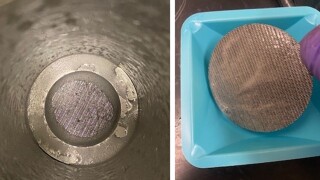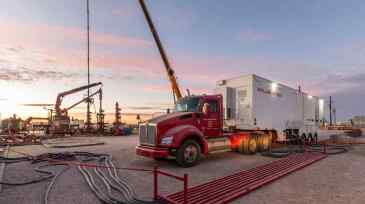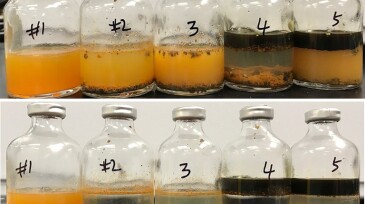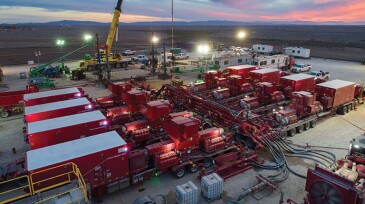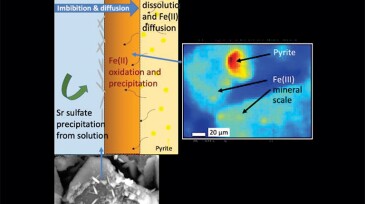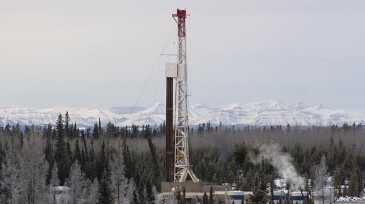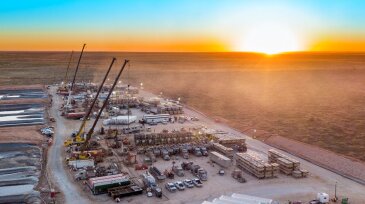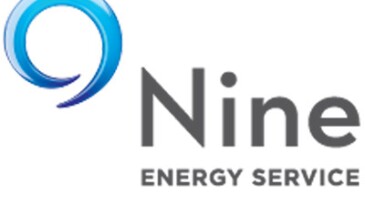Fracturing/pressure pumping
Technology developers expect the tight-oil industry to give lightweight proppants another look after the Permian Basin’s biggest operator becomes an adopter.
In this third work in a series, the authors conduct transfer-learning validation with a robust real-field data set for hydraulic fracturing design.
This paper describes development of a high-temperature water-based reservoir drill-in fluid using a novel synthetic polymer and customized with optimal chemical concentrations and sized calcium carbonate.
-
The deal represents what will become the second deployment of an all-electric fracturing fleet built by Halliburton and with power supplied by VoltaGrid's microgrid technology.
-
Flow rate is a major challenge for geothermal. However, the techniques used in shale to prevent flow localization can be applied directly to geothermal. If we can create hundreds or thousands of flowing fracture pathways around a horizontal or deviated geothermal well, then we will have truly “changed the game.”
-
Friction reducers play multiple critical roles in fracturing. A challenge in selecting the best one for the job is the growing evidence that performance varies, but objective performance measurements are lacking.
-
Electric-powered fracturing fleets looked impressively resilient in 2020 amid what was otherwise a significant collapse for the hydraulic fracturing sector. Today, the situation is more complicated.
-
Using electricity to run oilfield operations is supposed to make everything better, but just getting the power needed is a challenge.
-
The obsession with better hydraulic fracturing has steadily pushed on shale production in year one, but the decline remains steep. Chemistry could help explain, and perhaps extend, the short productive life of these wells.
-
SponsoredExtended reach wells provide access to otherwise inaccessible areas, improve production and reduce footprint. Advancements in completion technology allow producers to eliminate coiled tubing, perforation guns and milling out operations to lower project risks, costs, and environmental impact.
-
Incremental gains are not always celebrated, but as two of the biggest oil producers in the US show, they nonetheless can net unrealized savings and new efficiencies.
-
The combined company will have a strengthened position in the Permian Basin, and plans to operate 17 hydraulic fracturing fleets in the region.
-
SponsoredAmong the industry’s shortest and most advanced dissolvable frac plugs, Stinger delivered big to this Howard County, TX operator with time and cost savings.



